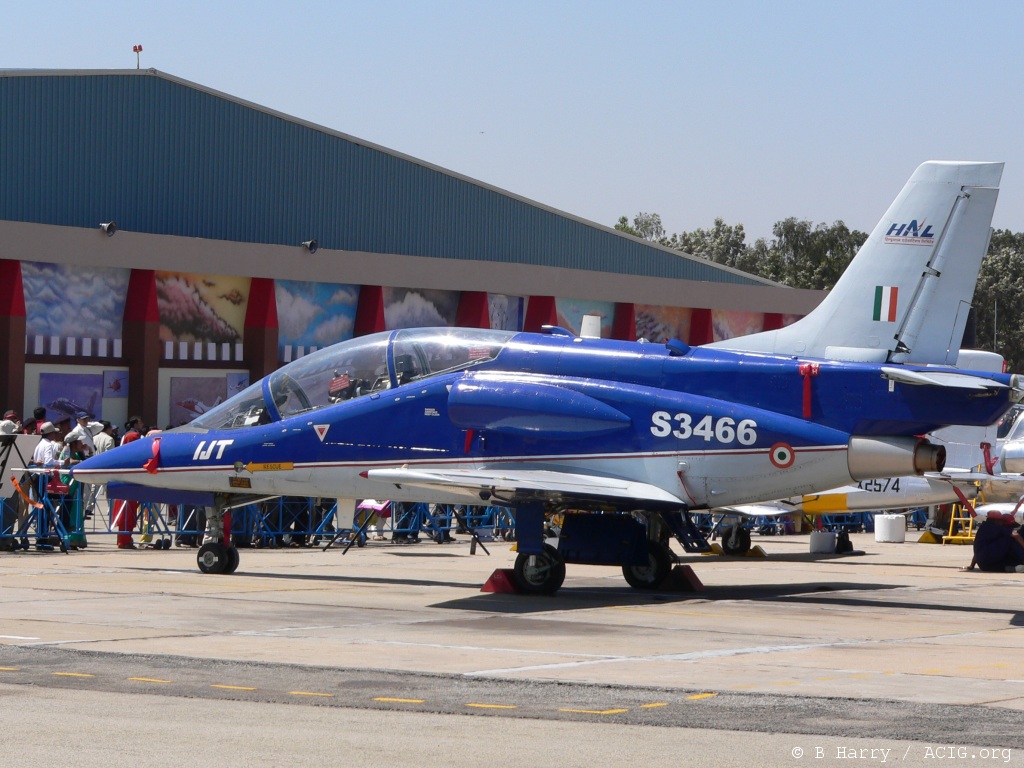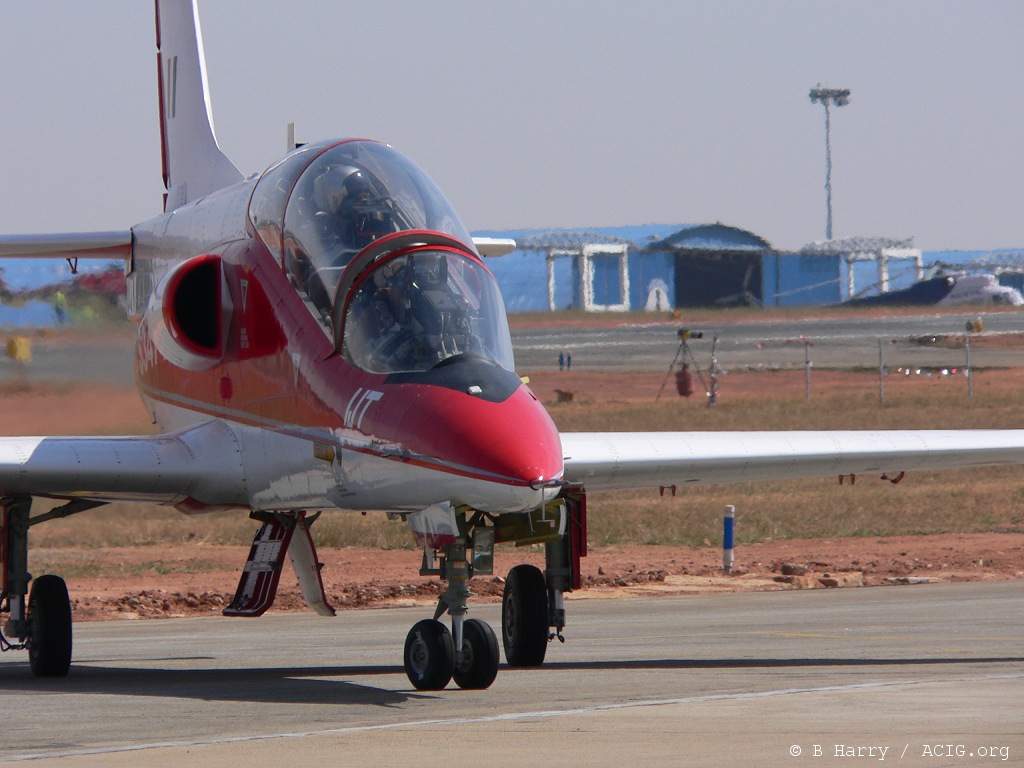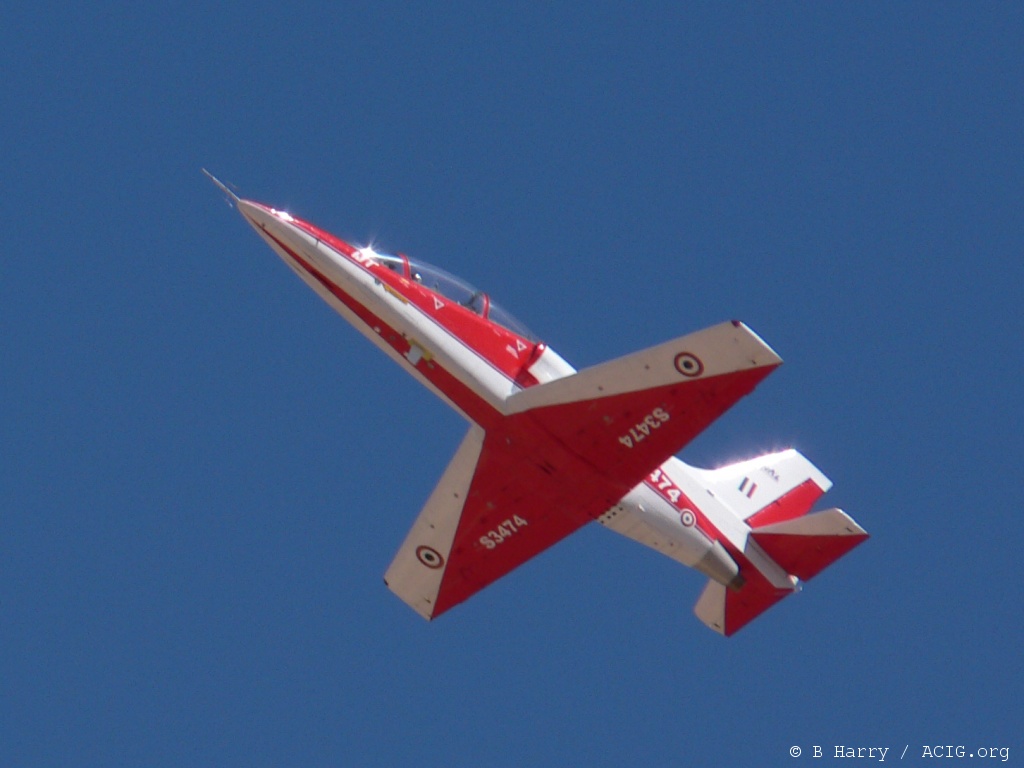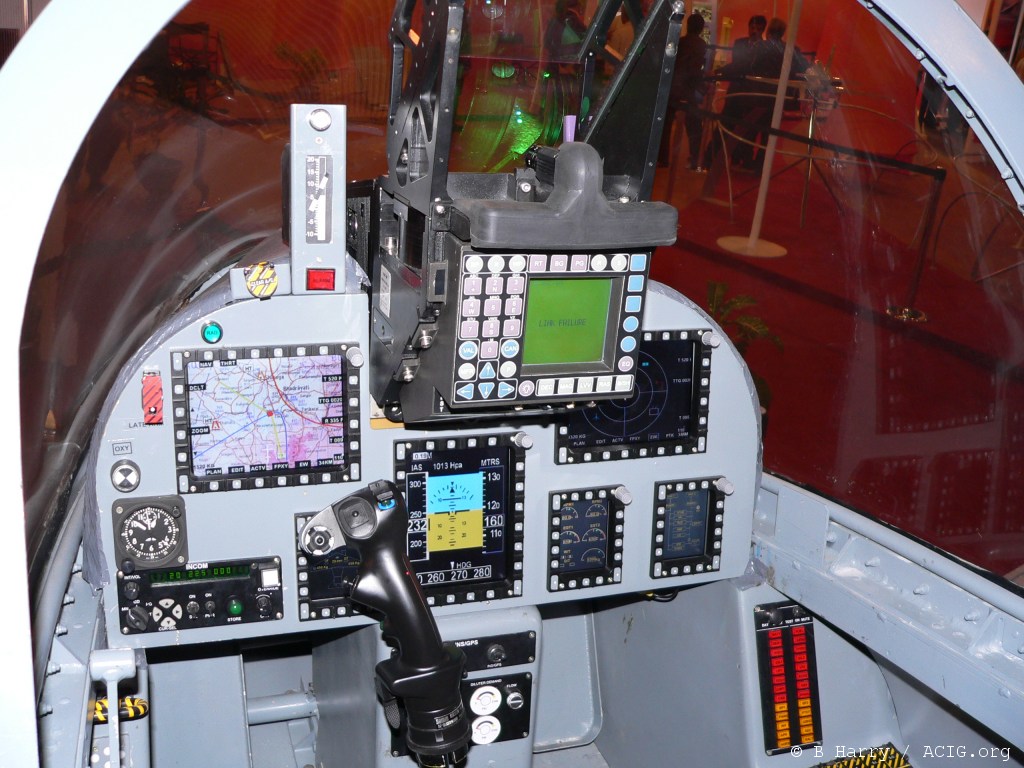인도 공군 신형 HJT-36 Sitara 중등 훈련기
진짜 백사 | 2005-05-14 06:46:57
조회 4566 | 추천 2 | 다운로드 7
*참고 싸이트-http://www.flug-revue.rotor.com/FRTypen/FRHJT-36.htm
2005년 아에로 인디아 2005에 공개된 신형 중등 훈련기로 기존의 HAL HJT-16 Mk.IA and Mk.II 훈련기를 점차적으로 대체할 것이며, 고등 훈련기 호크기와 자국산 LCA 전투기의 중간 성능이 될 것이라고 예상하고 있습니다.
LCA 40대 생산에 대한 양해각서(MOU)를 체결하기도 한 인도는 중국과 더불어 아시아의 핵으로 강력히 부상하고 있습니다.
조금 성급하기까지도 한 MCA까지 나가고 있져...
백마디 말보다 한번의 행동이 절실한 시점에 인도는 성큼 성큼 행동으로 옮기고 있습니다...
조롱보다는 부러워해야져..
저 국토에 저 인구가 한번 움직인다는게 대단하지여 파괴력은 두말하면 잔소리고...
General (Allgemeine Angaben)
Crew (Besatzung): 2, on Zvezda K36LT ejection seats
Weapons: No details known but there are four underwing hardpoints and one hardpoint under the fuselage
Power plant (Antrieb): 1 x Snecma Larzac 04H20 turbofan (no afterburner)
Thrust (Schub): 14,03 kN (3153 lbs)
--------------------------------------------------------------------------------
Dimensions (Abmessungen)
Length (Länge): 10,91 m
Height (Höhe): 4,13 m
Span (Spannweite): 9,80 m
Wing sweepback (Flügelpfeilung): 18 deg on the leading edge
--------------------------------------------------------------------------------
Weights (Massen)
Max. external load (max. Außenlasten): 1000 kg
Take-off weigth (Startmasse):
- clean (ohne Außenlasten) 3500 kg
- maximum: 4500 kg
--------------------------------------------------------------------------------
Performance (Flugleistungen)
Max. level speed (max. Fluggeschwindigkeit): Mach 0.8
Max. dive speed (max. Geschw. im Sturzflug): 825 km/h
Service ceiling (Dienstgipfelhöhe): 12000 m (39360 ft)
Endurance (Flugdauer): 3 h
g limits: +8/-3 g
The HAL HJT-36 'Sitara' Intermediate Jet Trainer (IJT) is the slated replacement for the HAL HJT-16 Mk.IA and Mk.II trainers in IAF service. Only two prototypes (S-3466 and S-3474) exist and HAL brought both of them to the show, .perhaps to make up for the broken promise of flying the first HJT-36 prototype at Aero India 2003. Additional prototypes aren't likely to be built as HAL maintain that only two are required to complete the entire development phase of programme. Motivated by the speed and success of the latter and an estimation that the IAF would need more than the 66 Hawk AJTs on order, HAL also announced their initiative to develop the HJT-39 Combat Attack Trainer (CAT), for the AJT and secondary ground attack roles. A full scale forward fuselage and glass cockpit mockup of the CAT was displayed, the former almost exactly matching the HJT-36's forward fuselage and nose shape. The aircraft is expected to fly 44 months after the go-ahead. The mockup of this aircraft type was first displayed at Aero India 1998 and two prototypes are now flying at the same show, a few years later. Will the same happen with the HJT-39?
1. S-3466 is the first prototype of the HJT-36 and initially flew with only one seat, the instructor's seat being replaced with flight test instrumentation. This aircraft mainly remained on static display and occasionally flew on demonstration sorties, not a part of the actual air display, which was left to the second prototype.
2. S-3466 also had no HUD in the beginning but now adorns a HUD from Thales. The cockpit of dial pointer instruments is also to be standardized to the level of the one on the second prototype. This machine completed 81 sorties/55 hrs of flight by mid-January 2005.
3. The second, brighter looking, prototype (S-3474) arrives at the show. The aircraft encountered a minor glitch when it's tyre burst on the tarmac, one day before the show but this was immediately remedied in time for it's flyby at the inauguration and other days.
4. S-3474 had only completed 46 sorties/27 hrs of flying by mid-Jan 2005 but put together an awesome display of maneuvers and aerobatics. This was also despite being underpowered with the Larzac, compared to their production standard thrust requirements. If the solo demonstration was so impressive, one wonders what the Surya Kirans would achieve with this aircraft?
5. The mockup of the HJT-39 CAT's cockpit shows the indigenous CSIO/BEL-developed HUD and UFCP, used on the LCA. At this stage, the CAT appears to be little more than a twin-engined HJT-36 in terms of shape. Before their actual formal proposal, HAL had announced the potential of an improved HJT-36 derivative.










 1
1


댓글 [1]
시지프스 | 2005-05-14 | 추천 0